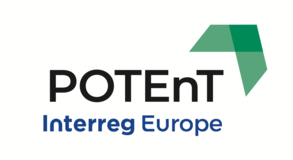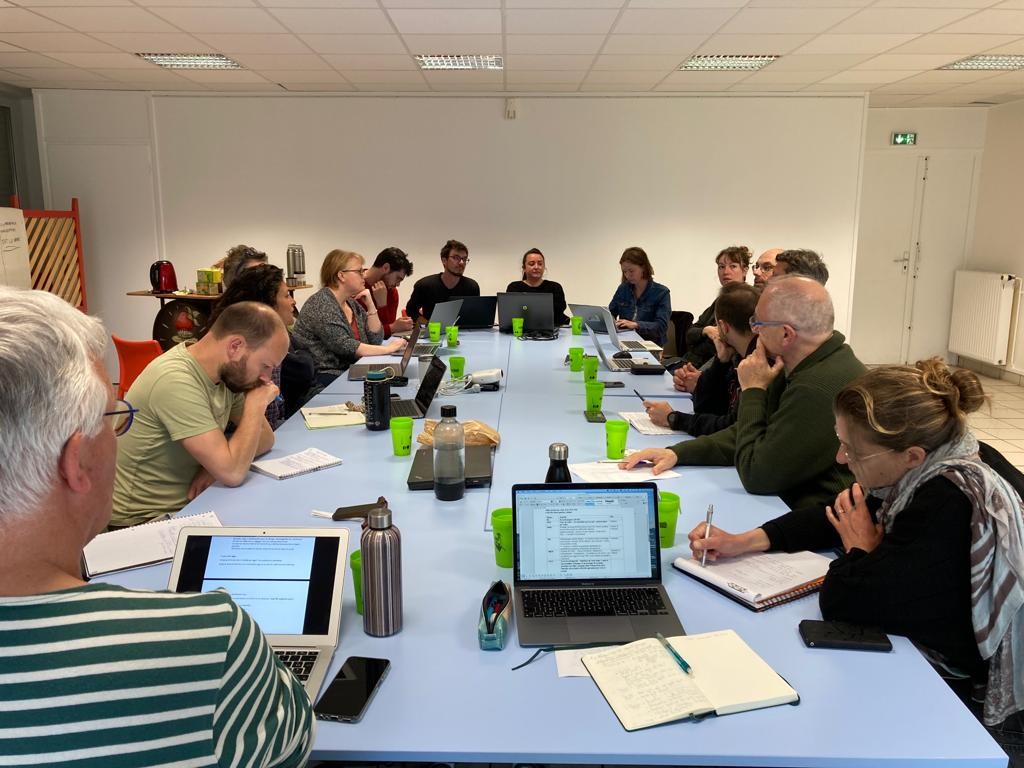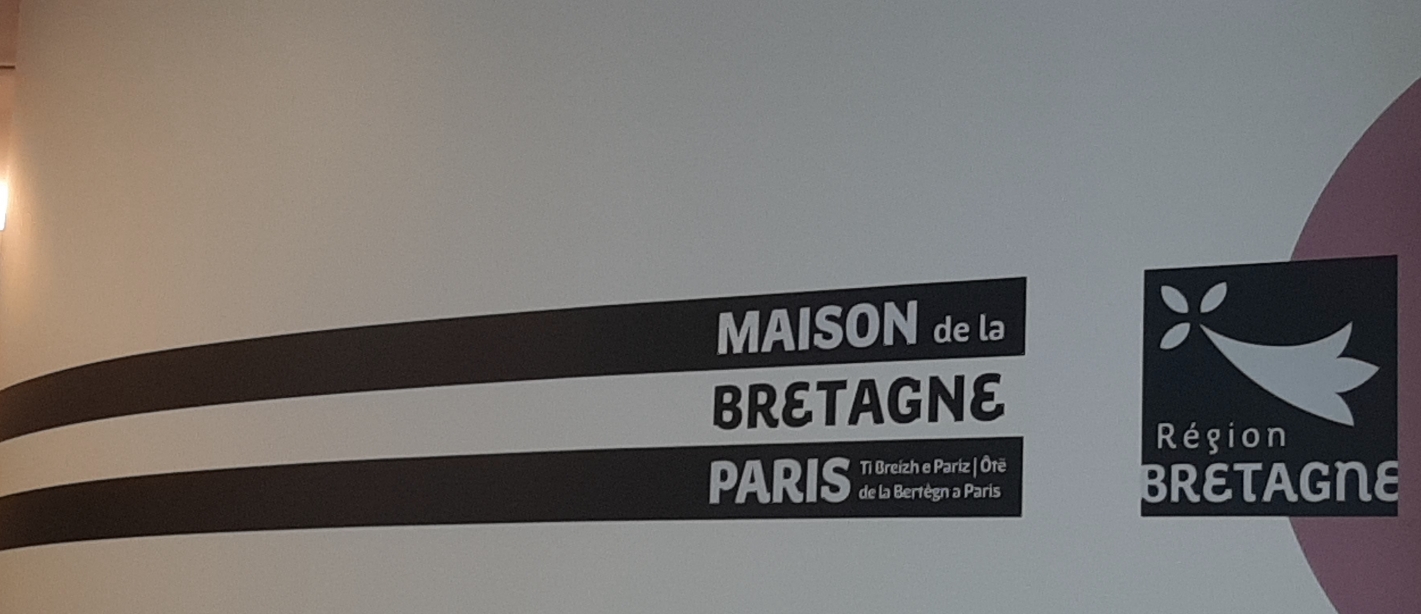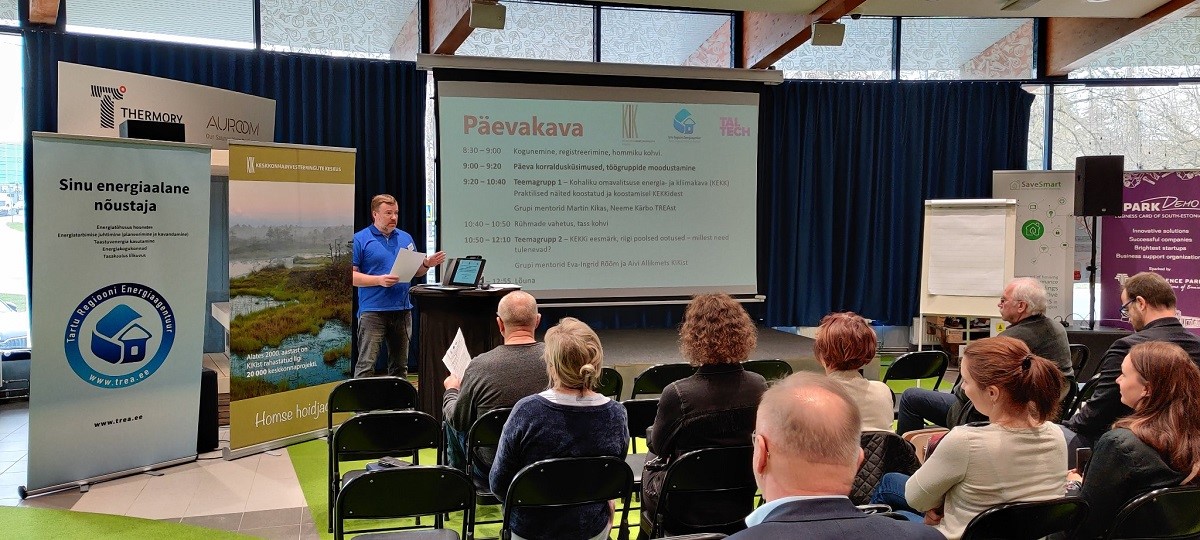The European Covenant of Mayors (CoM) is currently one of the most inclusive and widespread initiatives to tackle climate change. In 2008, the EU Commission launched it to strengthen cities' commitment to mitigation.
From its early beginning, this city network kept growing by including more and more cities over time. While in the beginning, the Covenant of Mayors only addressed European cities, now the movement has more than 10 000 cities spread all over the world.

The municipality of Parma joined the initiative in 2014 by presenting its Sustainable Energy Action Plan (SEAP), a complete and integrated document that includes the most important actions carried out by the municipality, private, and tertiary sectors concerning energy efficiency and renewable energy solutions.
Thanks to this effort, the city of Parma has achieved a reduction of Co2 of 21% (normalized with the population growth) by 2020. Many actions have contributed to achieving this result, such as the renovation of many primary and secondary schools, incentives on clean mobility, the expansion of the DH network, and the improvement of the energy class of many residential buildings.
With the draft of the Sustainable Energy and Climate Action Plan (SECAP), the municipality of Parma decided to proceed and improve some of the strategies already addressed in the SEAP such as the renovation of schools, public and private buildings and the support to clean mobility measures such as the installation of chargers for electric vehicles.

Furthermore, adaptation was included in this new plan. To do this, a detailed and analytical vulnerability assessment of Parma’s environment was necessary. After detecting the major climate hazards, the municipality and its partners discover that floods, droughts, and heatwaves are the biggest threats to Parma’s territory, being a flat land exposed to extreme heat in warmer seasons.
Thus, a consortium formed by the municipality, Parma’s multi-utility, and environmental consultants identified some key actions for adapting to these hazards. For example, the development of green areas to provide citizens with shaded and cool places in summer or structural interventions on the aqueduct to reduce water loss. Another innovative measure is the creation of a web platform on the green areas within the city with a descriptive geo-localization of the plants.
If, on one hand, being too visionary makes a plan detached from reality, and finally, unsuccessful, on the other hand, being too realistic leads to riskless planning resulting in a lack of ambition, and finally in a plan equally unsuccessful.
Hydrogen, energy communities, positive energy districts are new objectives that the municipality of Parma planned to put into implementation by 2030.
With the launch of the SECAP at the end of May 2021, the city of Parma accepts the challenges posed by the new Green Deal: awareness of its means and ambition!







